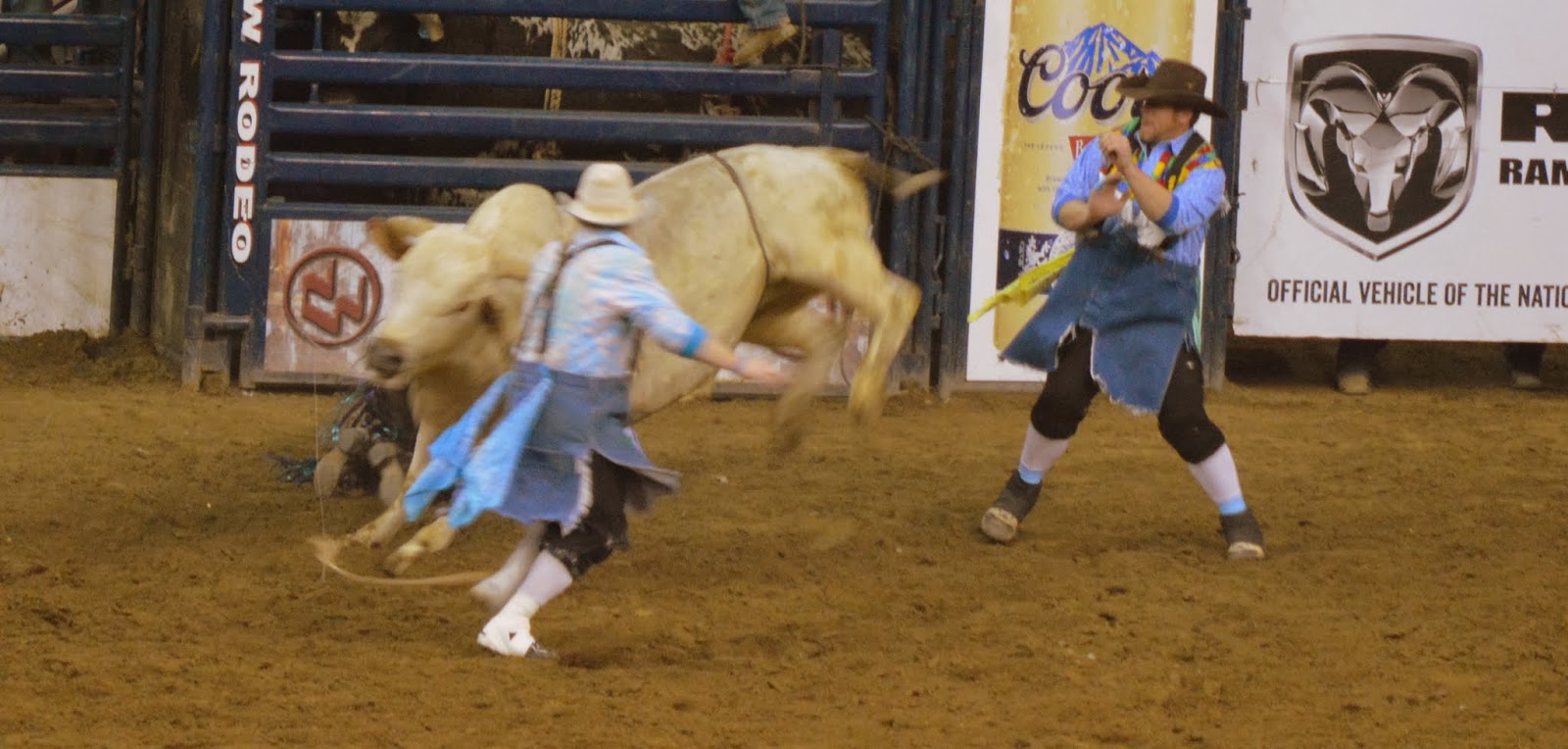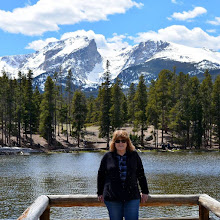Can you believe that next Tuesday, March 4, 2014, will be "Fat Tuesday" and time for Mardi Gras? The Lenten season begins the next day, with traditional fasting in preparation for Easter, but during Mardi Gras, and especially Fat Tuesday, the tradition is to indulge in festive foods. Some of the best food I've ever eaten was in the city of New Orleans, and I've always wanted to visit again during the Mardi Gras festivities. Until that happens, I'll try to make my own little celebration at home.
In past blog posts, I've shown a festive King Cake that I prepared (click here to see that post), and I replicated the best gumbo I ever had, which was at Paul Prudhomme's restaurant in New Orleans (click here to see that post). Since I'm now watching my active toddler granddaughter during the day, I wanted to prepare something easy, and Gluten-free, that my entire family could enjoy. I decided to try a slow cooker, gluten-free, gumbo!
I was a little concerned at first because a traditional gumbo requires a New Orleans style "roux." A roux is a mix of flour and oil, stirred and cooked until it is a rich, deep brown. This becomes the base of gumbo and also its thickener. I could try a gluten-free flour and oil mix, and add it to the crockpot, but I decided to keep the process as simple as possible and leave it out and add gumbo file powder at the end instead. Gumbo file powder is made from dried and crushed sassafras leaves, and gives a gumbo a desirable flavor, plus thickens it. Many stores sell it in the spice section, and it is available on many online stores. You can even make your own!
The results of my experiment were superb! This was a delicious, spicy and hearty gumbo that brought me back to New Orleans in an instant! All I had to do was add all the ingredients to my slow cooker in the morning and by dinner time make some rice, add some defrosted cooked shrimp and the gumbo file powder to the slow cooker, and give a few stirs to blend. Served over a couple scoops of the rice, the gumbo is a complete and delicious meal.
Slow Cooker Gluten-Free Gumbo
Ingredients:
2 green peppers, diced
1 large onion, diced
3 long stalks of celery, diced
1 pound Andouille Sausage, sliced (Andouille sausage can be found in most supermarkets or can be ordered online)
1 pound of boneless chicken breasts, cut into small pieces
6 cups chicken stock
2 cups diced tomatoes--fresh, or one 14.5 oz can of diced tomatoes
1 package of frozen sliced okra
3 bay leaves
1 teaspoon dried thyme
1/4 to 1/2 teaspoon dried cayenne pepper
1/2 teaspoon black pepper
1/2 teaspoon white pepper
1 teaspoon salt
1 teaspoon dried mustard powder
1 teaspoon dried oregano
1 teaspoon dried garlic powder
To add at the end:
one pound fully cooked and peeled, defrosted medium-size shrimp (optional)
two teaspoons gumbo file powder.
Method:
Dice peppers, onion, celery. Slice chicken and Andouille sausage Add all to the slow cooker (I did this the evening before and placed all in the refrigerator so that in the morning all I had to do is add them to the slow cooker). Add the chicken stock, frozen okra, diced tomatoes, and all spices. Stir, cover, and let the slow cooker simmer on low for 8-9 hours, or on high 4-5 hours. Turn off the slow cooker, remove the bay leaves from the gumbo, stir in the well defrosted and drained shrimp (if desired) and the two teaspoons of gumbo file powder, and stir well until thickened and the shrimp are warm. Serve the gumbo over two large scoops of steamed white rice. You can garnish with chopped green onions if desired.
Enjoy!
Memories of New Orleans --"Laissez Les Bons Temps Rouler!" Let the Good Times Roll!






















































































